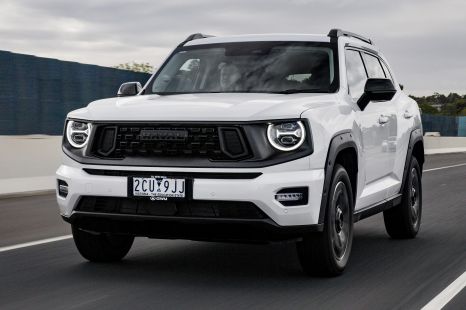

Max Davies
2025 GWM Haval H7 review
6 Days Ago
The new MC20 GT2 Stradale looks like the ultimate Italian race car for the road, but is it a true competitor for the 911 GT3 RS and Huracan STO?
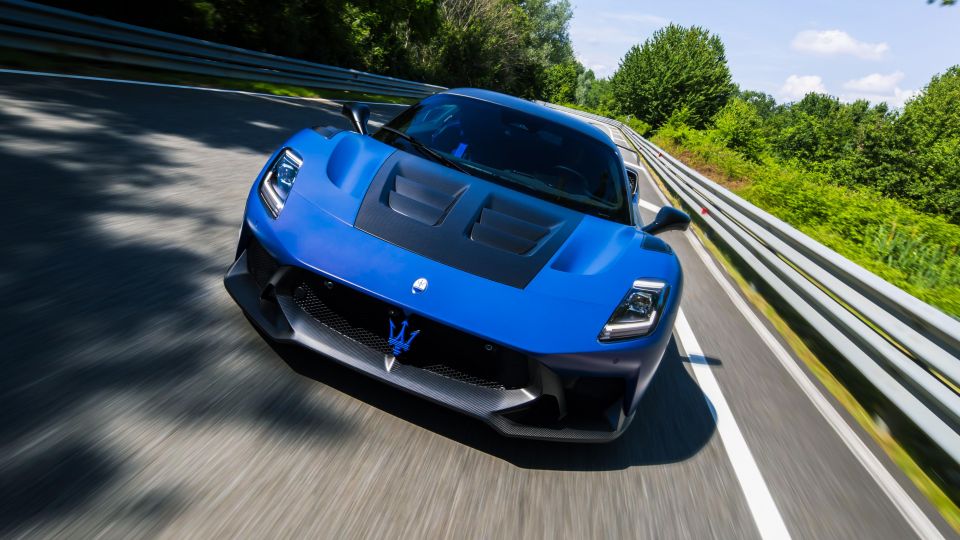


Quickly see how this car stacks up against its competition. Select any benchmark to see more details.
Where expert car reviews meet expert car buying – CarExpert gives you trusted advice, personalised service and real savings on your next new car.
The Maserati MC20 is arguably the most underappreciated supercar of the decade. The Italian brand brought to market one of the most beautiful and striking supercars of recent times, backed by great performance and useability, but it failed to make a significant sales impact against the likes of Ferrari, Lamborghini and McLaren.

Maserati Australia has sold fewer than 50 MC20s to date, making it far rarer than the ‘rare’ models from some of its fellow Italian manufacturers. Exclusivity is one of the reasons that when an MC20 does drive past, one can’t help but stare. But the main reason is because it’s such a classically beautiful supercar, commanding a level of road presence that surpasses its asking price.
If you want a regular MC20, that’s too bad. You can no longer order one new in Australia, but there is a new and more hard-core version called the MC20 GT2 Stradale.
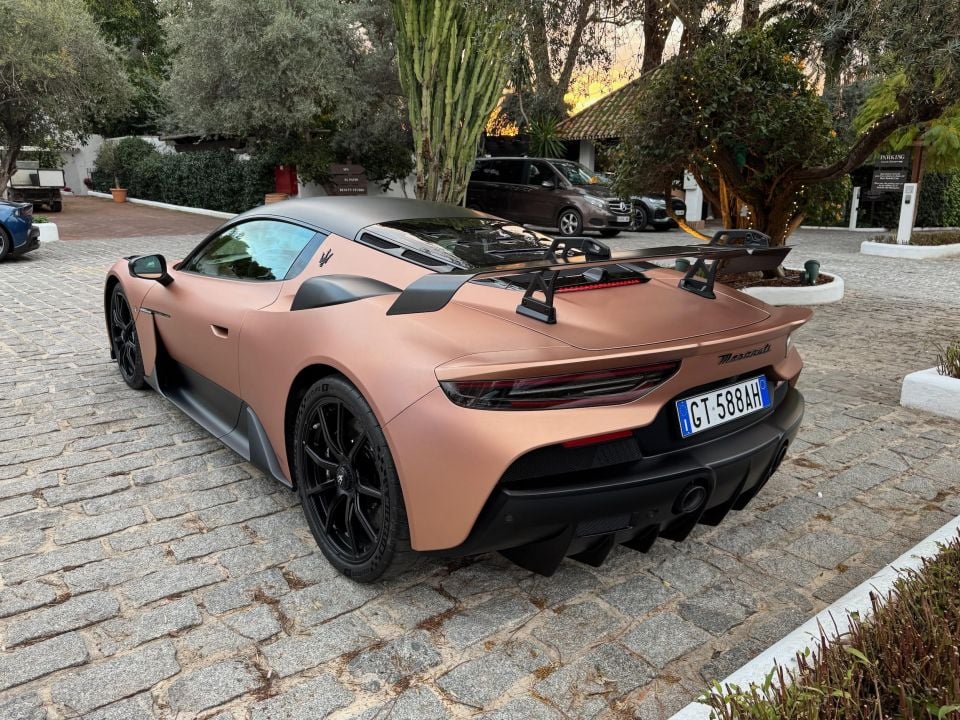
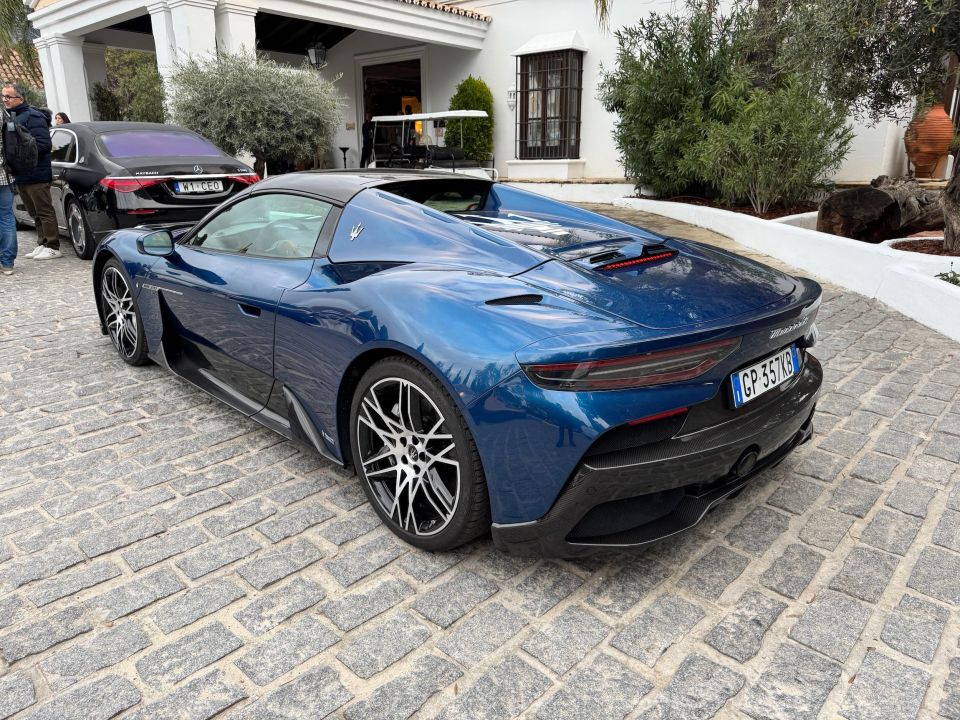
It’s a faster, more track-focused MC20 that leverages the brand’s success in GT2 racing. In fact, it’s the most powerful Maserati ever built and some would argue that it’s what the MC20 should have been from the get-go.
According to Maserati, the MC20 GT2 Stradale is a car born on the track and homologated for the road. The Italians benchmarked it against the track-focused Lamborghini Huracan STO (a car you can no longer buy new) and the 992-series Porsche 911 GT3 RS.
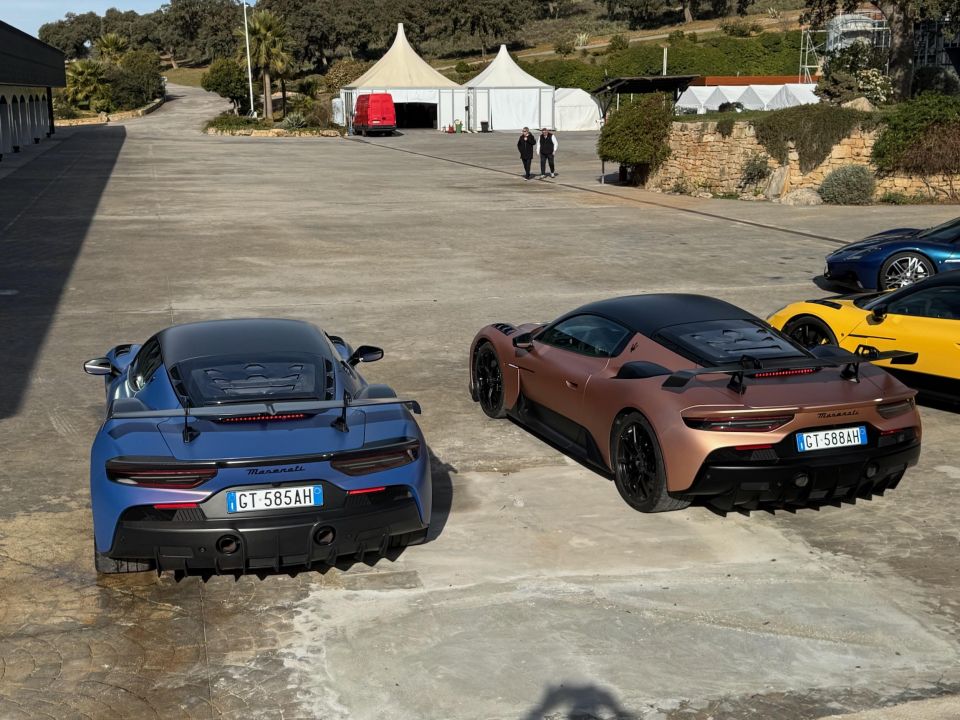
Arguably, it also goes up against the McLaren 750S and the new Huracan replacement, the upcoming Lamborghini Temerario.
Looking at the original MC20 and the MC20 GT2 Stradale side by side, the character of the two cars is entirely different. Although both are built on top of a carbon-fibre monocoque, the original looks like a beautifully crafted GT made for long drives in comfort, while the GT2 Stradale looks like an outright race car. That’s very much how you would see a 911 Carrera versus a 911 GT3 RS.
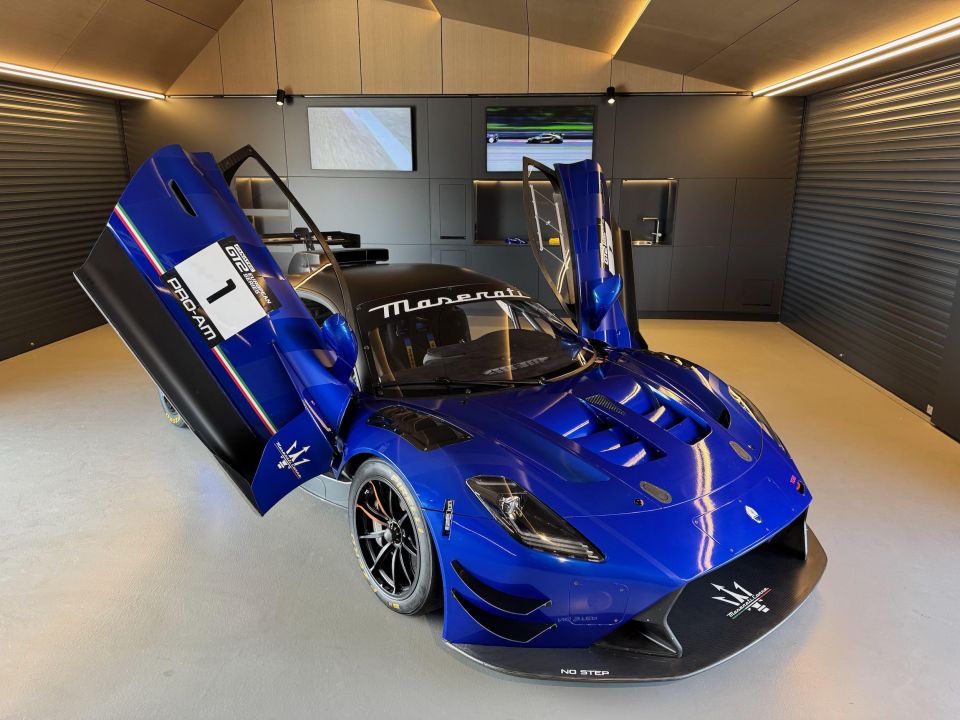
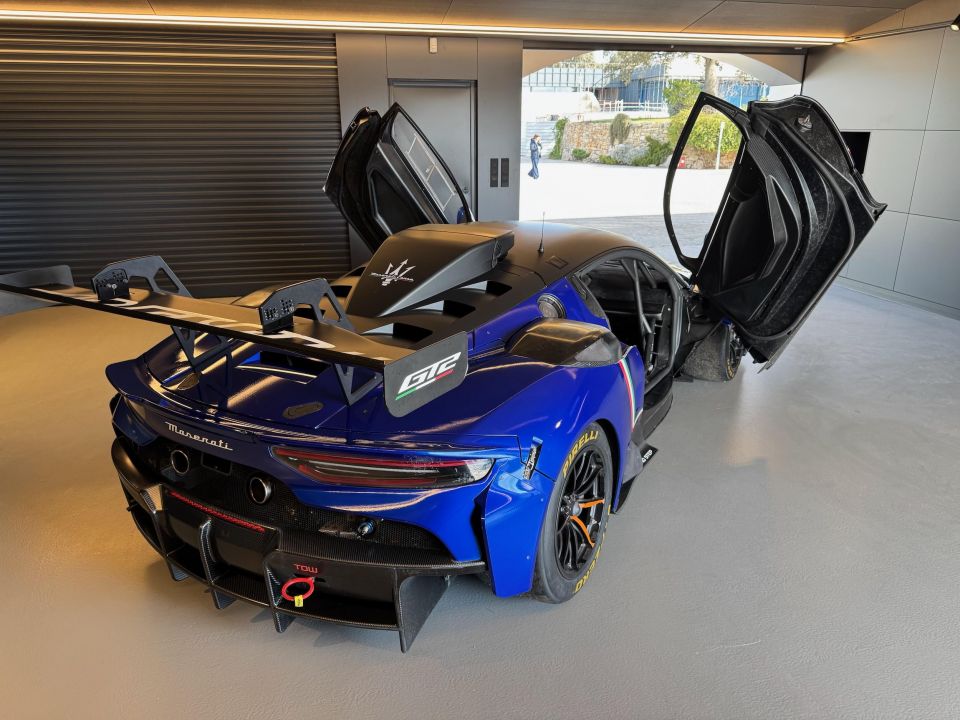
The aggressive design is emphasised by a completely new front and rear bumper as well as the bonnet, plus the addition of an adjustable rear wing. Most of these parts can be optioned in purely carbon-fibre, which looks sensational but will not come cheap.
Is carbon necessary? You will only notice it next to another GT2 Stradale with every option ticked, so it’s a personal decision. The weight saving is minimal and Ozempic is a much cheaper option.
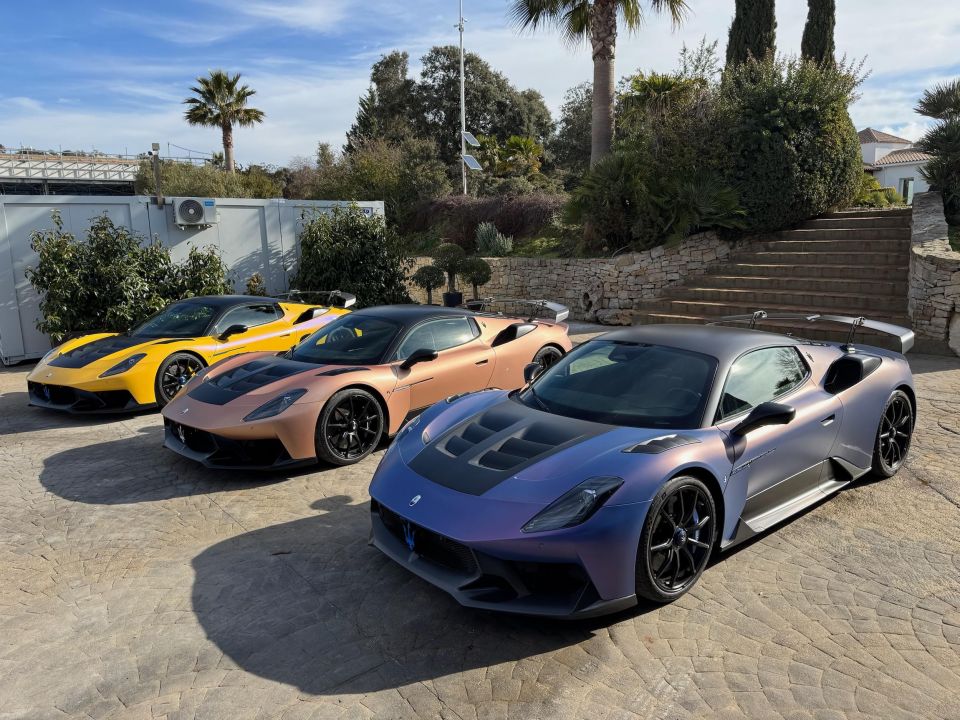
There is more cooling at the front (for the brakes and radiator – improved by five per cent) and at the rear for the engine, which now has 16 per cent more cooling thanks to the larger scoop.
The 20-inch wheels can and should be optioned with the Michelin Pilot Sport Cup2R tyres, which are as close to a slick race tyre as you can legally get on the road (and pretty sketchy in the wet), and are stopped by improved carbon-ceramic brakes. Keeping up with the STO and GT3 RS also extends to the use of centre-lock wheels for more reliable track performance and quicker wheel changes.
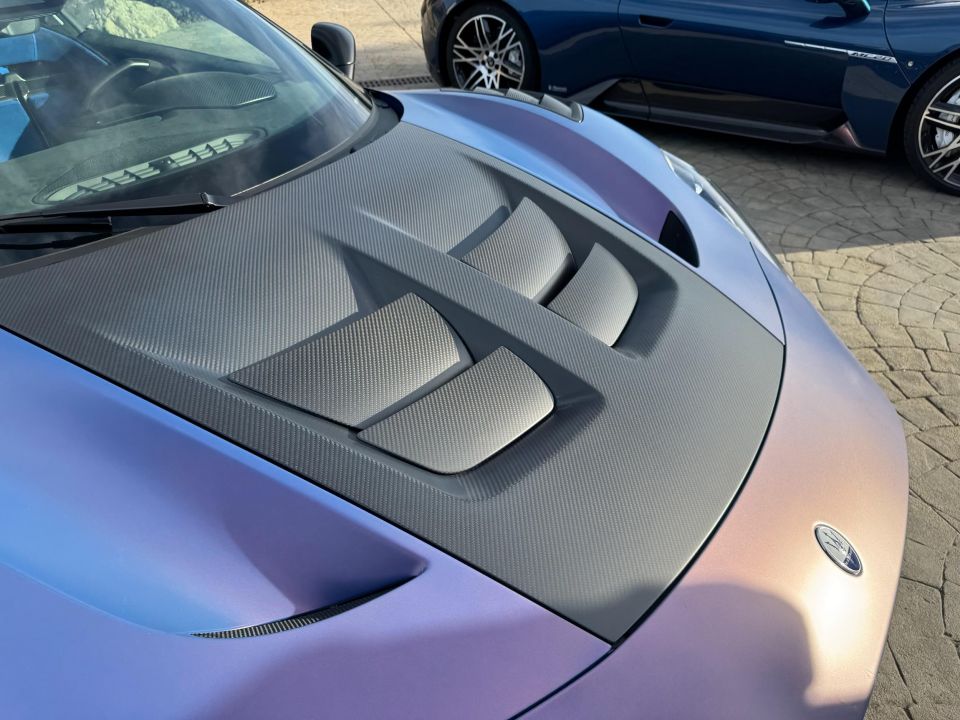
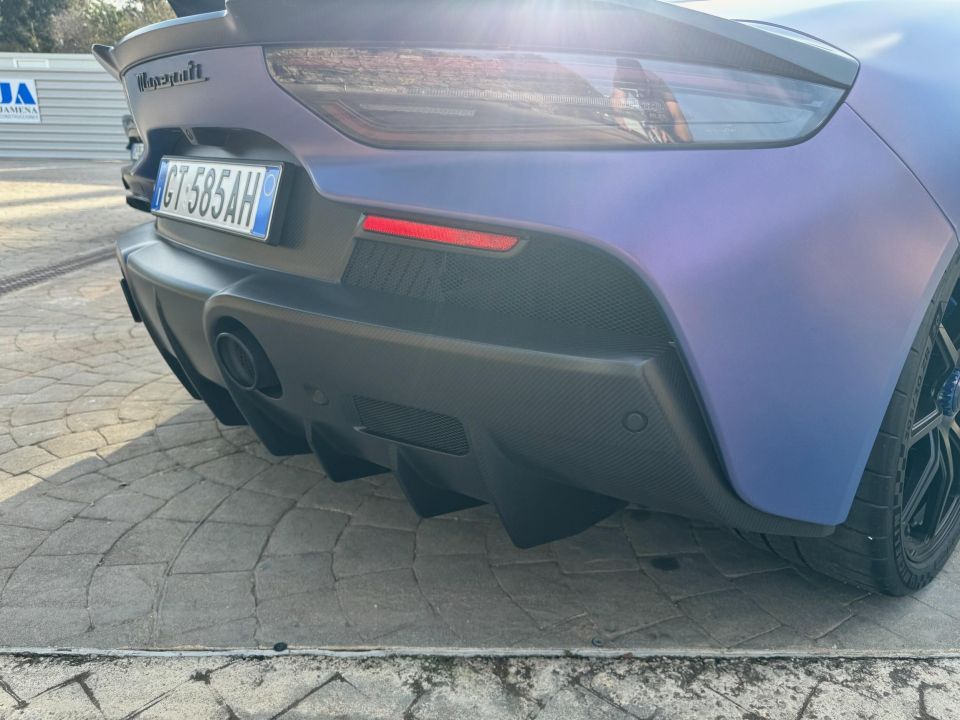
All the visual enhancements are not purely cosmetic and are designed to give the GT2 Stradale significantly more downforce for track use. The GT2 Stradale generates a very impressive 500kg of aerodynamic downforce at 280km/h in the ‘high drag’ rear wing setting, which is broken down to 130kg at the front and 370kg at the rear.
In comparison, the original MC20 generates 145kg of downforce at 280km/h (35kg at the front and 110kg at the rear). If you want to compare it further, the Huracan STO generates 420kg at the same speed, while the GT3 RS manages an insane 820kg at 285km/h.

Maserati claims the MC20 GT2 Stradale in 100 per cent made in Modena and greater Italy. This means the engine, the chassis and even the carbon-fibre race seats (from Sabelt) are all Italian.
With 914 units of the MC20 GT Stradale available across the globe, Australian buyers can order and specify their car now.
Maserati Australia has priced the MC20 GT2 Stradale at $699,990 plus on-road costs and stamp duty. That’s $250,000 more than the original MC20 and, realistically, you will be paying around $800,000 to $850,000 on the road, with a few basic options that you will absolutely need.
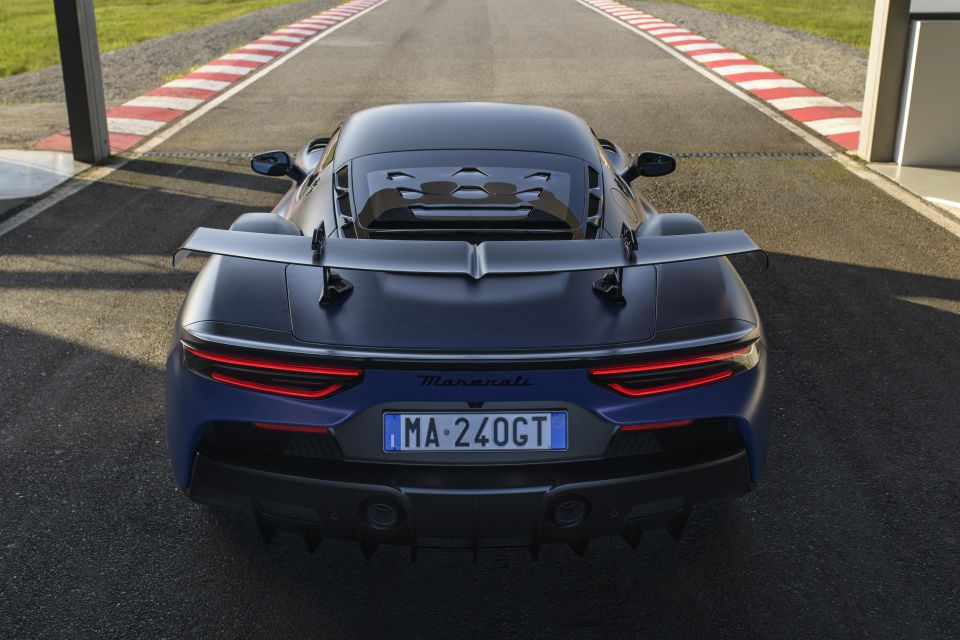
If you go for all the carbon and a special paint colour (we love Power Nude), you will end up spending around $900-950,000, which is really pushing Maserati into new territory.
| Model | Price before on-road costs |
|---|---|
| Maserati MC20 GT2 Stradale | $699,990 |
The original MC20 didn’t blow us way with its interior design, so thankfully the folks at Maserati have actually put in a fair bit of effort to redesign the cabin of the GT2 Stradale.
The main changes are that everything that you need to touch on the go is available within reach. All the driving modes, suspension settings and other goodies are easily accessible and the reworked centre console looks far nicer now and more befitting of a supercar.
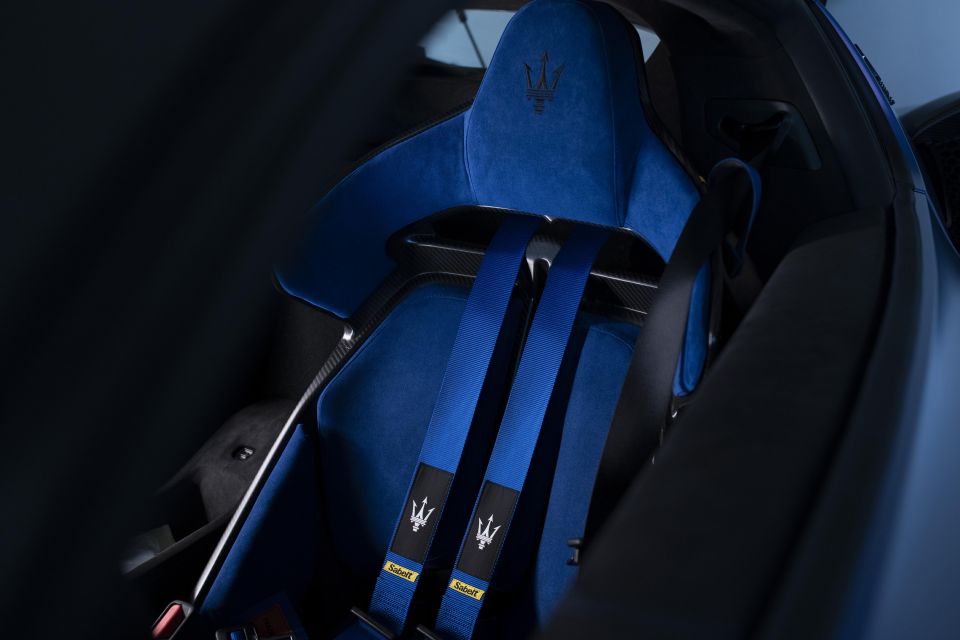
The interior is still hopelessly impractical with literally no storage space in the cabin itself. Bought a coffee? Too bad. Have a jacket? Too bad. There is a small boot in the back that can house an overnight bag and a few other small things, but the cabin itself is comprehensively Italian, meaning you’ll have to drink your piccolo well before you get in.
We love the carbon racing seats and found them to be a delight to look at and sit in. They have a lot more padding than you would think and really hold you tight around the track. You can – if you are mad – option the ordinary looking comfort seats instead, but that would be akin to going on a date with Megan Fox and asking her to wear a raincoat. Don’t do it.
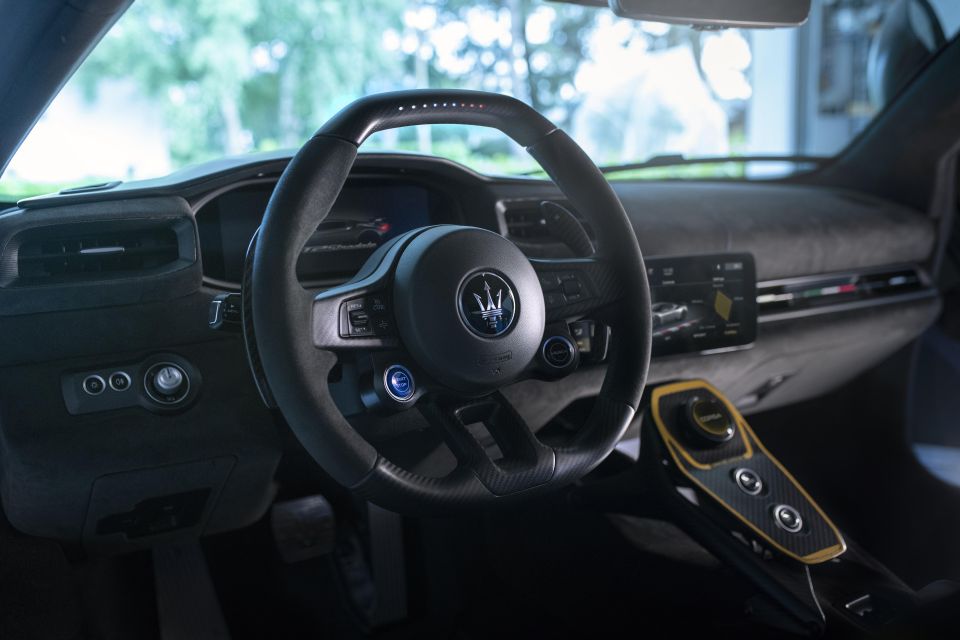
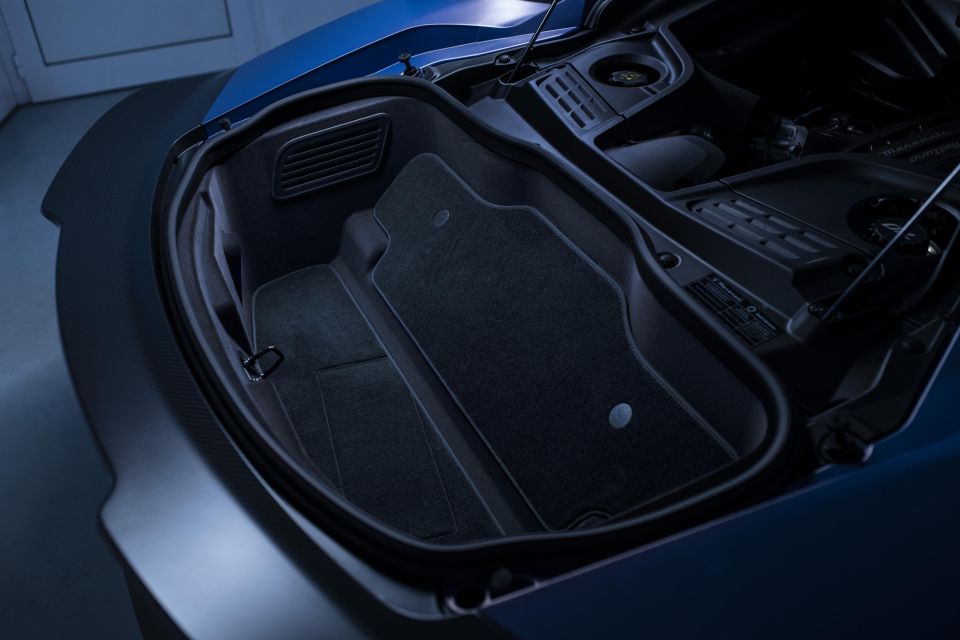
The infotainment system was quick and effective, with no lag responding to our requests. One small area of improvement we would love to see from Maserati involves the instrument cluster display, which is fully digital and of very decent resolution but fails to cover the entire cluster. It would make a lot more sense to use a larger screen to give it that immersive experience, but it’s really nitpicking at this point.
The steering wheel itself also feels just a tiny bit too big for the car and its cabin, but you get used to it pretty quickly. We also love the digital shift lights built into the top of the wheel.
| Dimensions | Maserati MC20 GT2 Stradale |
|---|---|
| Length | 4669mm |
| Width (with side mirrors) | 2178mm |
| Width (without side mirrors) | 1965mm |
| Height | 1222mm |
| Wheelbase | 2700mm |
| Front track | 1681mm |
| Rear track | 1649mm |
| Front overhang | 1076mm |
| Rear overhang | 893mm |
| Turning circle | 11.8m |
| Boot capacity | 100 litres |
| Weight distribution, front/rear | 40/60 per cent |
| Front Tyres | 245/35 R20 |
| Rear Tyres | 305/30 R20 |
The hardware of the MC20 GT2 Stradale remains unchanged, with more aggressive ECU mapping allowing a slightly faster 0-100km/h time and 10hp more power.
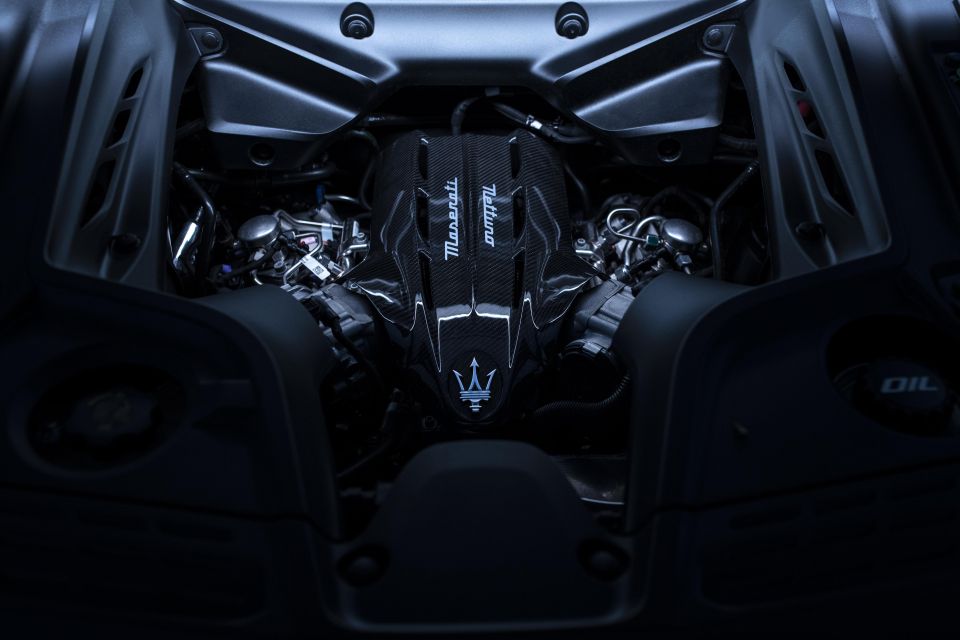
| Specifications | Maserati MC20 GT2 Stradale |
|---|---|
| Engine | 3.0-litre twin-turbo petrol V6 |
| Power | 471kW @ 7500rpm |
| Torque | 720Nm @ 3000-5500rpm |
| Transmission | 8-speed DCT |
| Top Speed | 324km/h |
| 0-100 km/h | 2.8 seconds |
| 100-0 km/h | < 30m |
| Drive type | Rear-wheel drive |
| Weight (dry) | 1365kg |
| Fuel economy (claimed) | 11.6L/100km |
| Fuel tank capacity | 60L |
| Fuel requirement | 98 premium unleaded petrol |
| CO2 emissions | 265g/km |
The original MC20 was a great package in terms of its driving performance. Sure, it was more of a road-hugging GT than a race car and the exhaust note left a lot to the imagination, but it served its purpose rather well. You can happily live with an original MC20 as a day-to-day exotic.
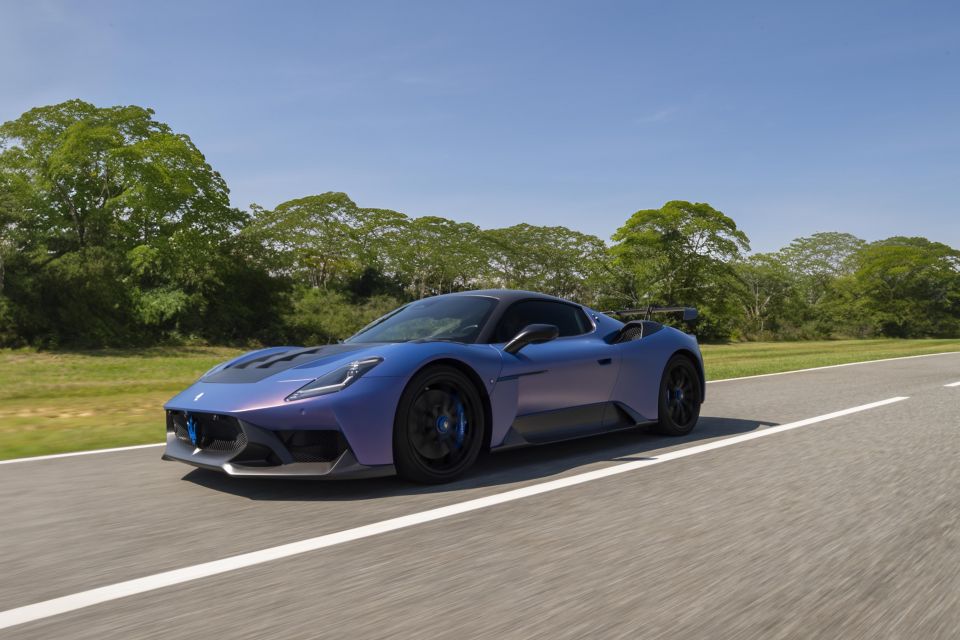
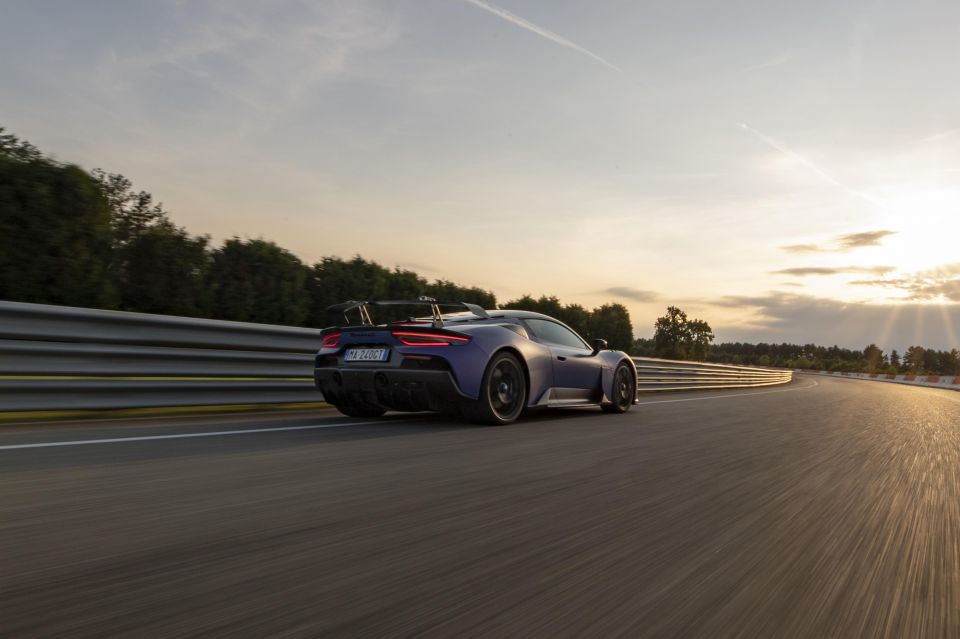
Despite the MC20 GT2 Stradale’s aggressive body work and track focus, it’s still very much the sort of supercar you can drive and live with everyday.
The forward visibility, seating position and overall feel of the car is not nearly as intimidating as some other options on the market. This makes it a very accessible car for most buyers, which is a good and bad thing.
Good because anyone can jump in and feel comfortable in a moment and bad because it can provide a sense of overconfidence, and not everyone is qualified enough to drive this car. It’s incredibly quick and can be unforgiving in the hands of an amateur.
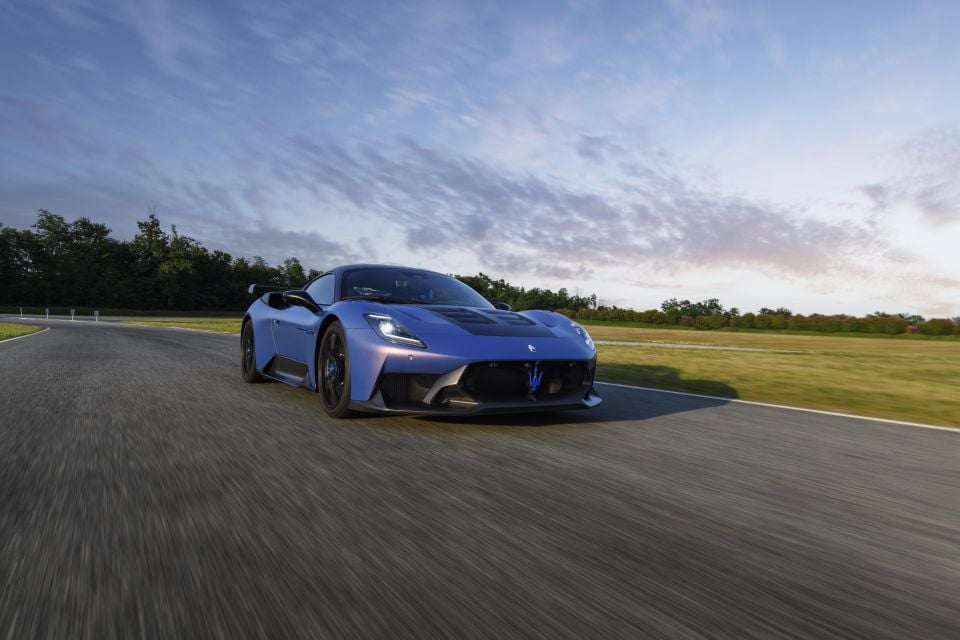
Where expert car reviews meet expert car buying – CarExpert gives you trusted advice, personalised service and real savings on your next new car.
It will do 0-100km/h in 2.8 seconds (making it 0.1s quicker than the standard car), thanks to its roughly 100-120kg of weight-saving carbon options and revised gearbox. Not to mention the additional 10hp (471kW, 720Nm) from its 3.0-litre twin-turbo six-cylinder engine.
Maserati has reworked the suspension and steering systems to be more suited to a track car, which is very evident from the moment you get behind the wheel. There is a far better shift both in terms of smoothness and speed to the eight-speed gearbox, while the steering feels more direct than before.
It still falls short of the ultimate level of feedback one would get from a 911 GT3 RS, but what it lacks in that department it makes up for with a power increase over the Porsche’s anemic naturally aspirated flat six (368kW).
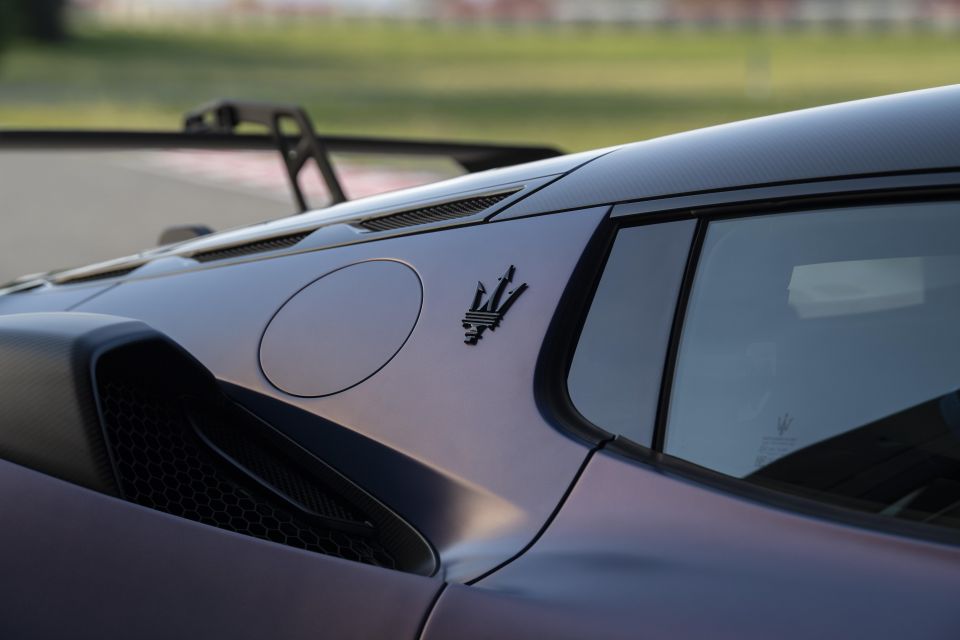
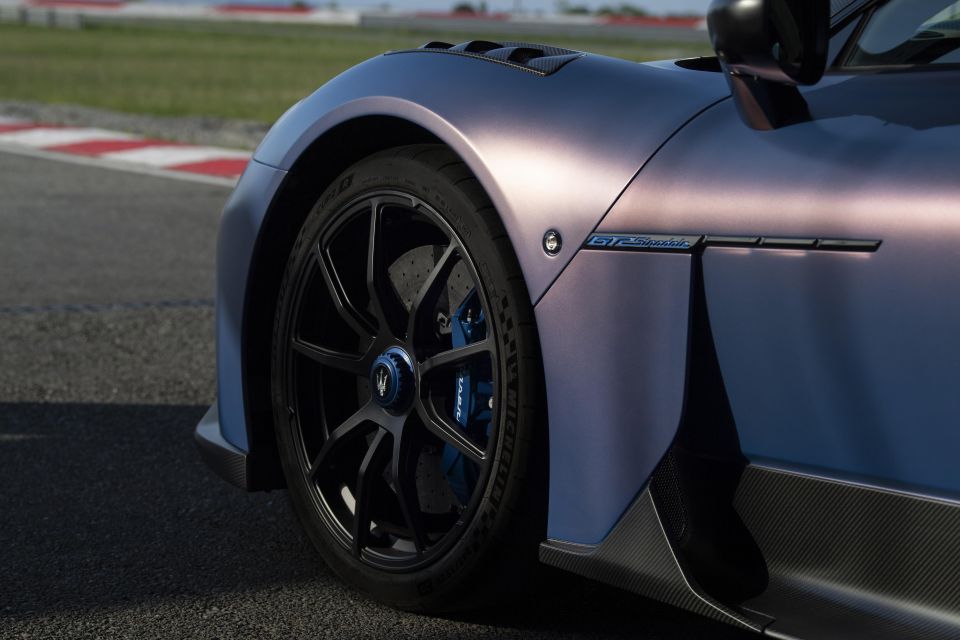
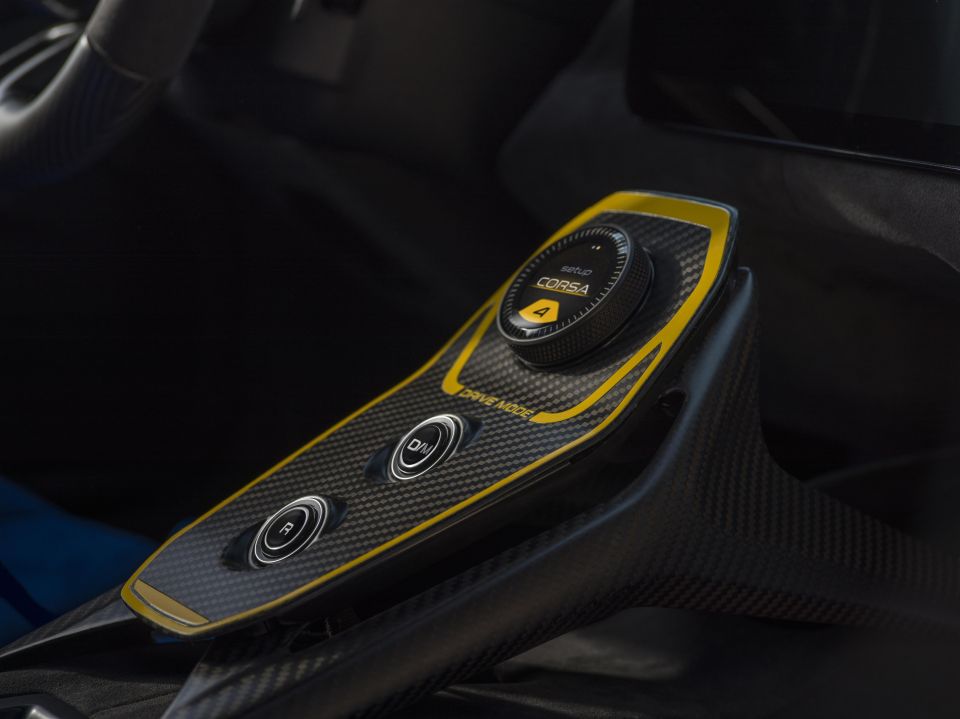
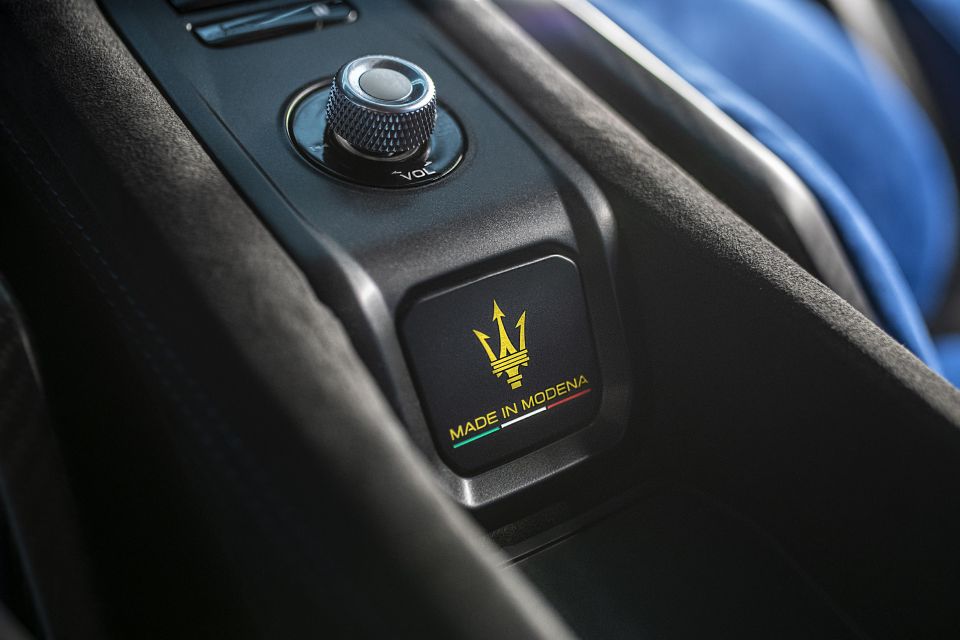
During our road drive on Malaga’s super-smooth mountain roads, we were left pleasantly surprised by how composed and confident-inspiring the GT2 Stradale was.
You can push the car to the very limit and, if treated with respect, it will let you know gracefully as you step closer and closer to the edge of adhesion. But upset its balance with a mistimed stab at the throttle or brakes and it will react violently, exactly how we love a supercar to be.
The multiple suspension setting modes allow the MC20 GT2 Stradale to be reasonably comfortable in GT mode and make it a whole new super-sharp and stiff beast in track (corsa) mode. We found the in-between Sport mode the best way to drive the car, providing all the power and torque you need for a spirited drive while still keeping all the nanny aids on in case you run out of talent before you run out of brakes.
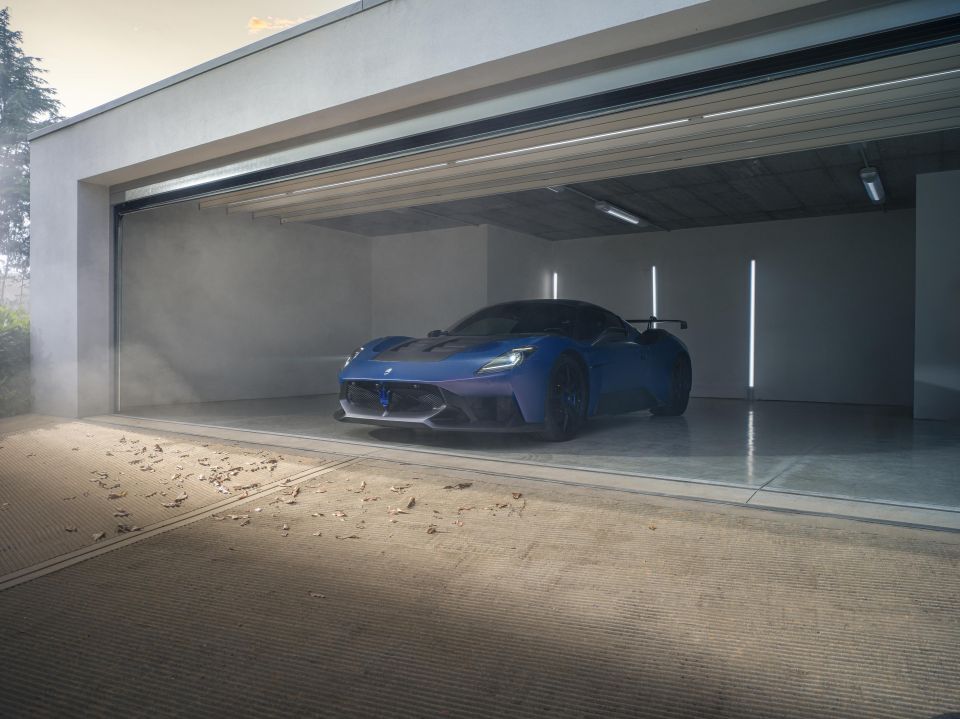
Maserati has built this GT2 for the track, which is why we ended up at one of the world’s best, Circuito Ascari Ronda about 500km south of Madrid. Here we put the track-focussed MC20 variant through dozens of flat-out laps on a circuit that Maserati had left virtually unchained for us.
Having been at this and similar European racetracks many times before, I know it’s very rare that a manufacturer allows their vehicles to go lap after lap on on a full circuit like this without too much concern for tyres, brakes or a cool-down lap for the powertrain, but that’s exactly what Maserati allowed us to do with the Stradale.
This is very similar to how Porsche allows us to treat its GT cars, allowing what some would refer to as ‘endless abuse’ on a racetrack.
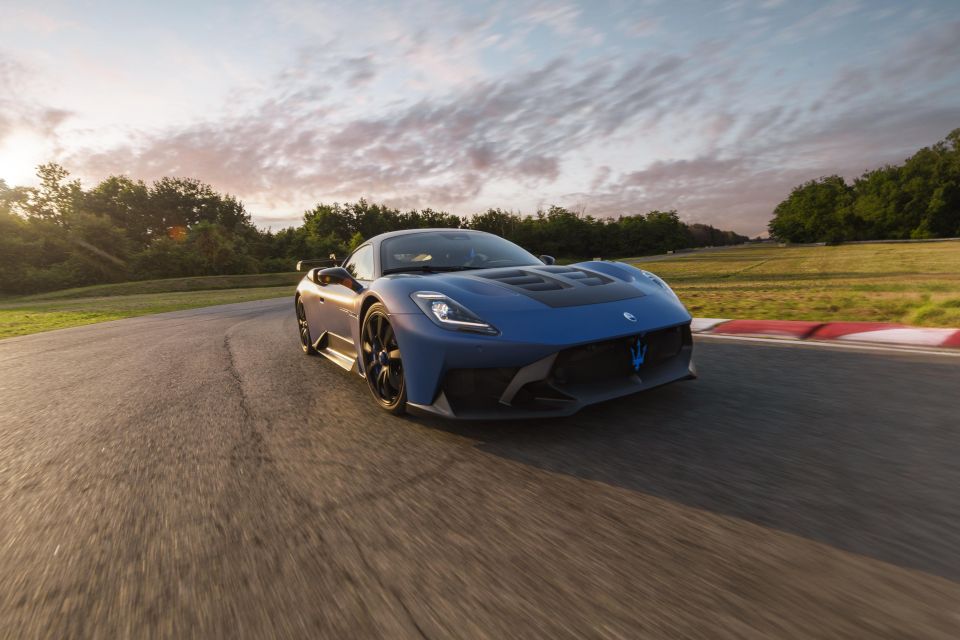
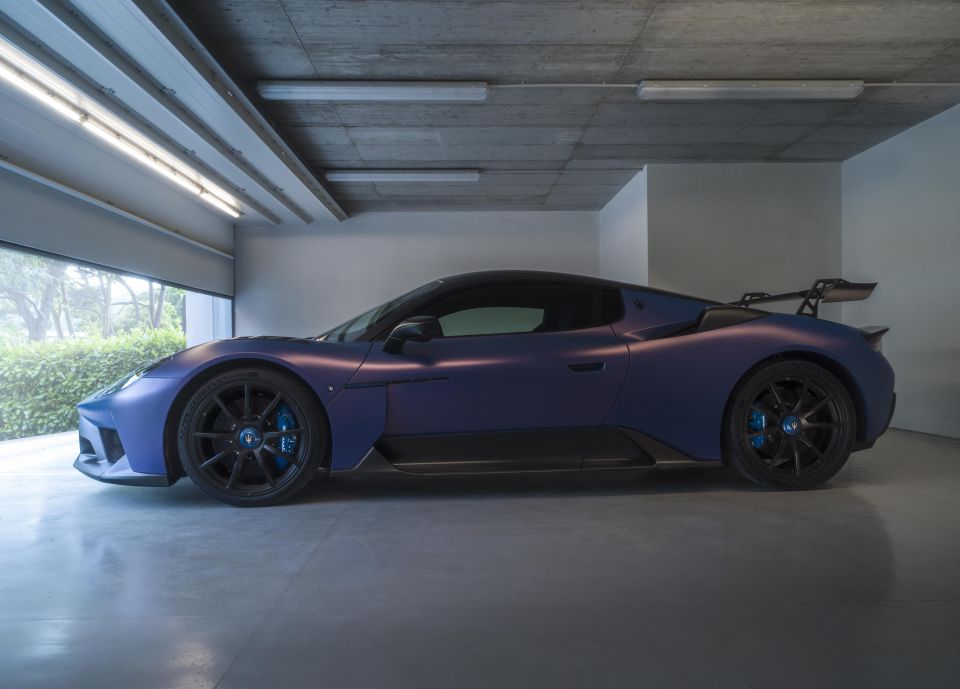
That’s a reassuring test because if the multiple GT2 Stradales on offer there could handle a near endless number of laps by eager drivers, then it bodes well for the vehicle’s reliability and track capability in the hands of owners. It also verifies what Maserati claims about adding the extra cooling for the car’s many components.
Durability and resistance to abuse aside, the GT2 is incredibly poised on a racetrack. With its 40/60 front/rear weight distribution, it’s a very rewarding car when you get corner entries and exits right.
Its real party trick though is the way in which it builds speed so effortlessly, which definitely puts it among some of the best road-going track cars we’ve yet tested.
The carbon-ceramic brakes refused to fade and the engine and gearbox combination proved to be an incredible combination regardless of whether the car was left in automatic or operated using the giant steering column-mounted shift paddles.
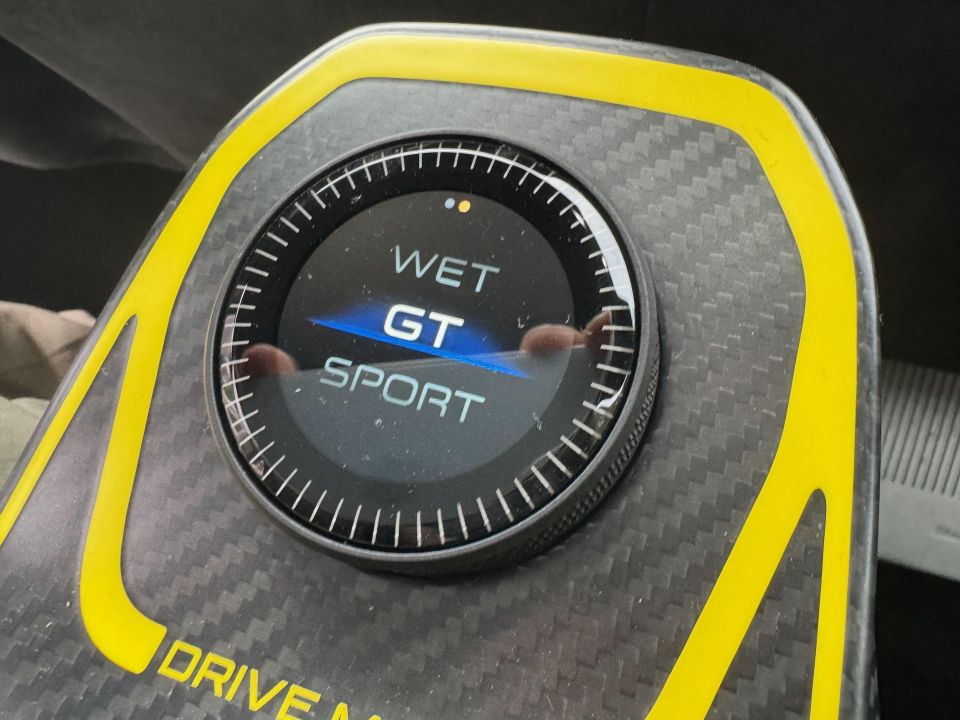
Is it as good as a Huracan STO? Yes, without a doubt. Is it as good a 992 GT3 RS? That’s a harder question to answer without a back-to-back test. Gut feel? Probably not. But it’s much quicker in a straight line and while it may not be as effective in the corners (largely due to lacking the additional 300kg of downforce as the hard-core 911), it would likely be as quick or quicker on a single lap on the same tyres, depending on the track.
Maserati claims the MC20 GT2 Stradale is about one second a lap faster than the original car per kilometre of racetrack, which seems like an understatement. You can also adjust the amount of downforce on the wing (manually), but it does lack some of the more technical features of the GT3 RS, like the drag reduction system and Porsche’s comprehensively adjustable differential.
If you are looking for a car to win amateur track days in, the MC20 GT2 Stradale may not cut it against its hard-core German rivals, but if you are looking for a supercar that looks mega, is comfortable to drive on a daily basis and is still incredibly enjoyable on a regular track day, look no further.
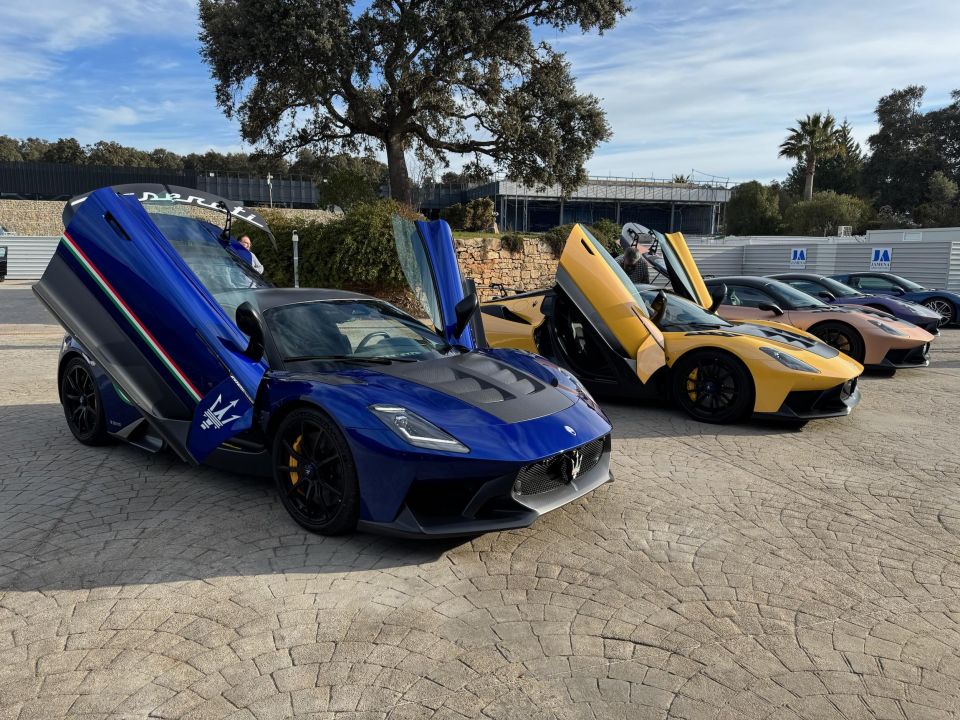
Where we found the driving experience lacking – especially against the STO – was the exhaust note. With new European regulations forcing manufacturers to cut exhaust sound to just 74 decibels (and 71dB from 2027!), the MC20 GT2 Stradale struggles to fill your soul with emotion. It’s simply too damn quiet.
Thankfully though, there is a (devious) solution!
Maserati can’t legally make the car louder before you buy it, but it can – and will – sell you a titanium racing exhaust after you buy the car, which you can then fit after it’s registered. Basically, it’s sticking a middle finger to regulations that say a car can’t be sold new if it’s louder than 74dB. But once it’s sold, the risk is on you (and so is the glorious exhaust note).
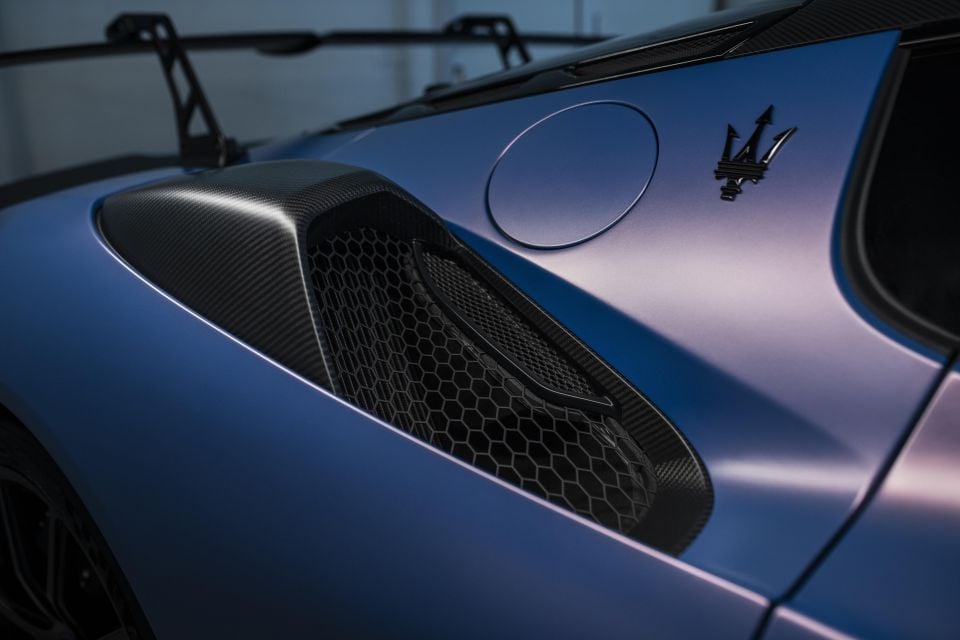
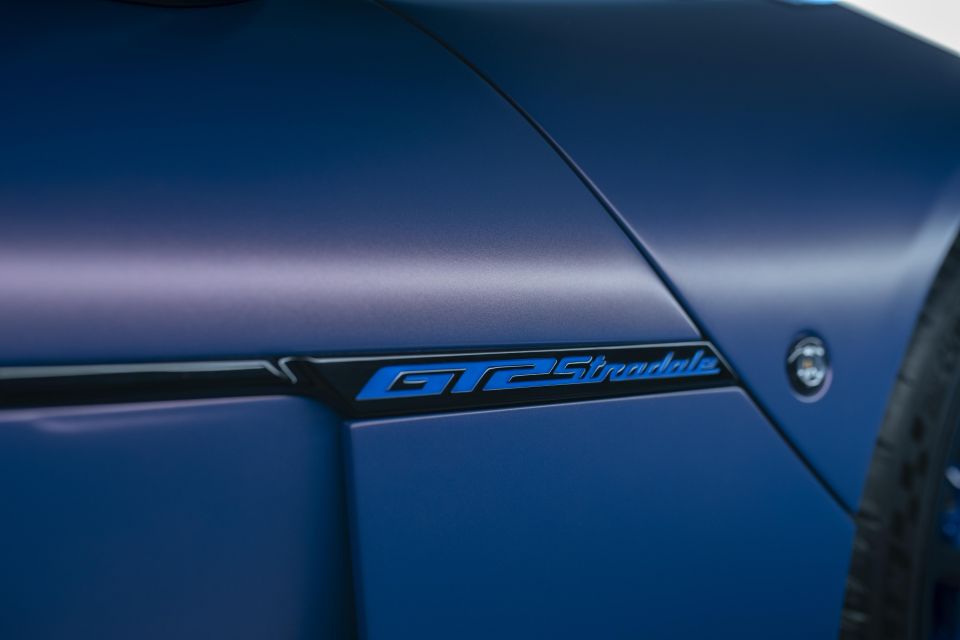
In Europe, the racing exhaust is technically illegal if used on the road (although the Italian police are more likely to give you a ticket for having a quiet supercar than anything else). In Australia, our road rules are far less stringent and you can get away with 90dB legally (at least in NSW, Victoria and Queensland).
Maserati Australia is yet to confirm the exhaust’s local availability, but we remain hopeful. Even if that option doesn’t eventuate for our market, there are numerous third-party aftermarket exhaust manufacturers that have already cured the MC20’s noise issue, so they will certainly do the same for the GT2 Stradale. But have no doubt that in order to really enjoy the car, an exhaust change is required.
The Maserati MC20 GT2 Stradale is covered by a three-year, unlimited-kilometre warranty.
Like the MC20 before it, the GT2 Stradale comes with a “comprehensive maintenance programme” for three years. This covers all scheduled-servicing visits in that time.
At over $800,000 on the road, the MC20 GT2 Stradale makes a compelling case against its similarly priced Italian, British and German competitors.
What you get from Maserati’s most powerful car ever is a super unique supercar that will turn heads wherever it goes. It’s unique in a way that none of its competitors can match.
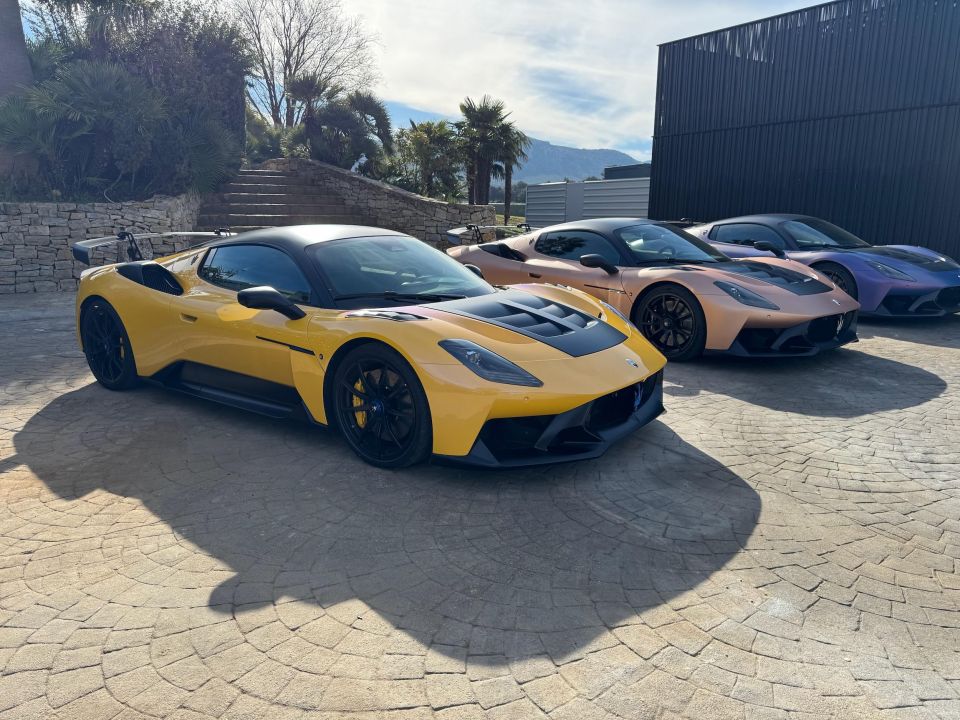
With a limited global production run and an expected volume of just 10 to 15 vehicles in Australia, the GT2 Stradale will be one of the rarest supercars on the road. Its scarcity is backed by solid performance both track and road, and a much more sophisticated interior than before.
The question of whether you should buy one is very personal, because it’s a beautifully striking car that one can stare at for hours at a time, and once the exhaust note has been rectified it will be an even more invigorating driving experience.
Interested in buying a Maserati MC20? Get in touch with one of CarExpert’s trusted dealers here
Click the images for the full gallery
MORE: Everything Maserati MC20
Where expert car reviews meet expert car buying – CarExpert gives you trusted advice, personalised service and real savings on your next new car.
Alborz is the founder of CarAdvice (sold to Nine and now Drive) and co-founder of CarExpert. He is an honourary adjunct professor & entrepreneur in residence at the University of QLD. He loves naturally-aspirated V8s, V10s and V12s and is in denial about the impending death of the internal combustion engine. The best way to reach him is via Instagram.


Max Davies
6 Days Ago
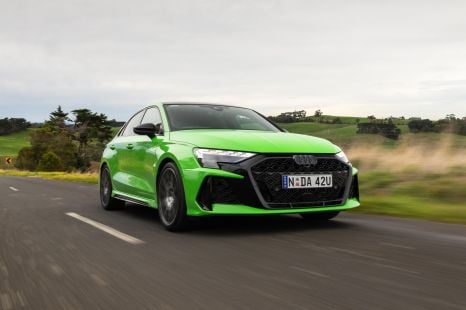

Josh Nevett
5 Days Ago
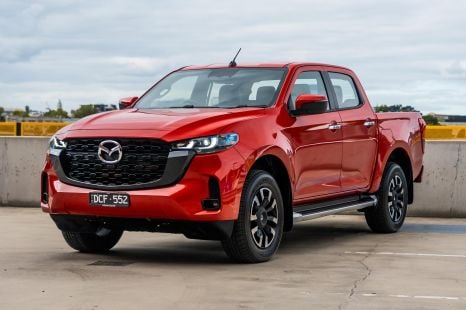

Josh Nevett
4 Days Ago
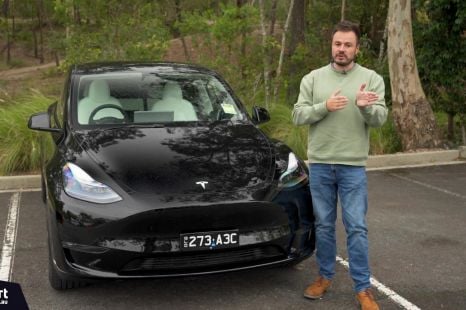

Paul Maric
3 Days Ago
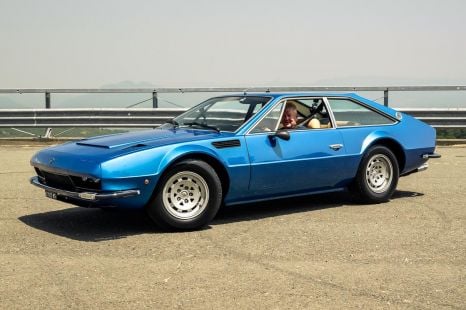

Anthony Crawford
2 Days Ago
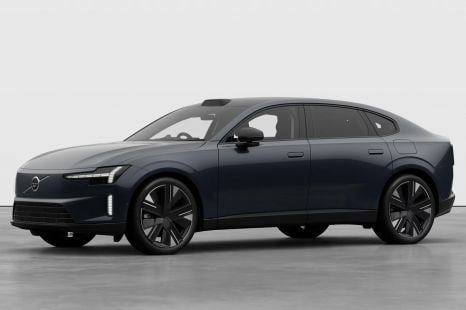

William Stopford
2 Days Ago